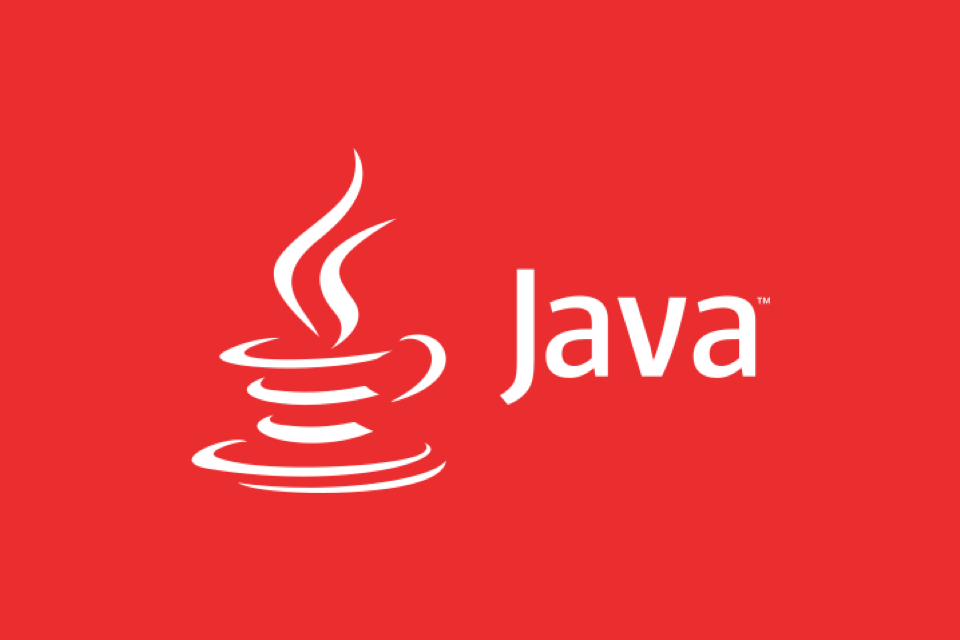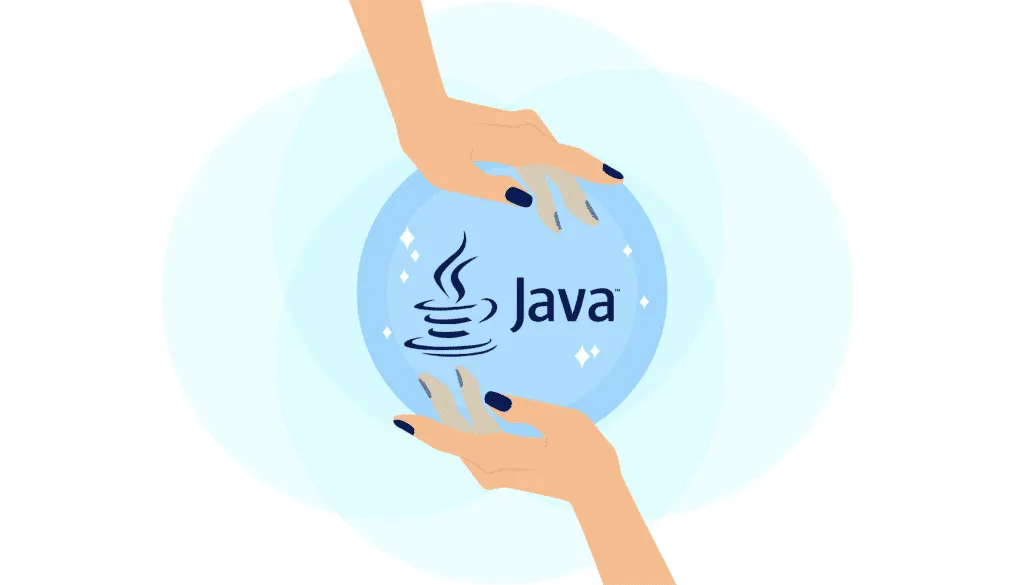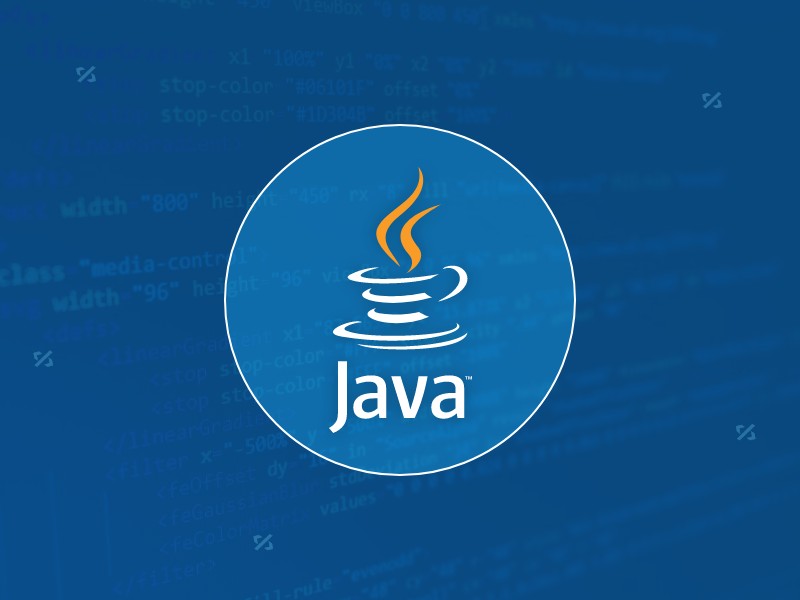Custom exceptions can improve code readability and maintenance and are suitable for specific error scenarios in business logic. In Java development, standard exception classes such as NullPointerException and IOException can only express common errors and cannot accurately describe complex business problems, such as "insufficient user balance" or "illegal order status". At this time, using custom exceptions (such as InsufficientBalanceException) can allow the caller to understand the nature of the error more clearly. To create a custom exception, you only need to inherit Exception or RuntimeException and provide a constructor with String parameters; if an unchecked exception is required, you need RuntimeException. Throwing custom exceptions usually occurs at the business logic layer. For example, if an InsufficientBalanceException is thrown when a balance is insufficient, it is recommended to handle it uniformly in the controller layer or the main process to keep the core logic neat. Practical tips include: exception messages should be specific, add Throwable constructors to support exception wrapping, avoid creating new exception classes for each error, and customize only if they need to be processed separately.

In Java development, using custom exceptions can make your code clearer and more maintainable. Although standard exception classes can meet many scenarios, when facing business logic, more specific exception types are often needed to express the essence of the problem.

Why do you need to customize exceptions?
Java provides a wealth of built-in exception classes, such as NullPointerException and IOException , but they usually only describe common errors. When you develop a complex system, you may encounter some business logic-specific problems, such as "insufficient user balance" or "illegal order status". At this time, using custom exceptions can make it easier for the caller to understand and deal with these errors.

To give a simple example: if you write a payment method that throws IllegalArgumentException when the balance is insufficient, the caller may not know what the exception actually means. And if InsufficientBalanceException is thrown, the intention will be clear at a glance.
How to create a custom exception?
Creating a custom exception is very simple, you only need to inherit Exception or its subclass (such as RuntimeException ):

public class InsufficientBalanceException extends Exception {
public InsufficientBalanceException(String message) {
super(message);
}
} If you want this exception to be an unchecked exception (no forced capture is required), you can inherit RuntimeException :
public class InvalidOrderStateException extends RuntimeException {
public InvalidOrderStateException(String message) {
super(message);
}
}This way you can throw these exceptions according to the situation in the business logic.
Where to throw and catch custom exceptions?
Thrown position:
Usually a custom exception is thrown in the business logic layer or the service layer. For example, when you perform a transfer operation, you find that the balance is insufficient:
if (balance < amount) {
throw new InsufficientBalanceException("Insufficient Account Balance:" balance);
} Captured location:
It is best to handle exceptions uniformly at the upper layer of the call chain, such as try-catch in the controller layer or the main process. This allows you to centrally process error messages and avoid writing catch blocks everywhere.
For example:
try {
paymentService.transfer(1000);
} catch (InsufficientBalanceException e) {
System.out.println("Payment failed:" e.getMessage());
}Doing this will keep your core logic clean, and it will also facilitate unified logging or return friendly error prompts.
Some practical tips for customizing exceptions
The exception message should be specific : don't just say "an error occurred", but explain the cause of the error, such as "user ID is empty" or "configuration file not found".
Adding constructors to support Throwable : If you need to wrap other exceptions, you can add a constructor with
Throwableparameter:public class DataAccessException extends Exception { public DataAccessException(String message, Throwable cause) { super(message, cause); } }Don't over-design : Not every error requires a new exception class. Customization is only considered when the error type has a clear meaning and needs to be processed separately.
Basically that's it. Custom exceptions are not complicated, but are especially useful in large projects. It can help you handle errors more clearly and in a more organized manner, and can also improve team collaboration efficiency.
The above is the detailed content of Creating and Using Custom Exceptions in Java. For more information, please follow other related articles on the PHP Chinese website!

Hot AI Tools

Undress AI Tool
Undress images for free

Undresser.AI Undress
AI-powered app for creating realistic nude photos

AI Clothes Remover
Online AI tool for removing clothes from photos.

Clothoff.io
AI clothes remover

Video Face Swap
Swap faces in any video effortlessly with our completely free AI face swap tool!

Hot Article

Hot Tools

Notepad++7.3.1
Easy-to-use and free code editor

SublimeText3 Chinese version
Chinese version, very easy to use

Zend Studio 13.0.1
Powerful PHP integrated development environment

Dreamweaver CS6
Visual web development tools

SublimeText3 Mac version
God-level code editing software (SublimeText3)
 Differences Between Callable and Runnable in Java
Jul 04, 2025 am 02:50 AM
Differences Between Callable and Runnable in Java
Jul 04, 2025 am 02:50 AM
There are three main differences between Callable and Runnable in Java. First, the callable method can return the result, suitable for tasks that need to return values, such as Callable; while the run() method of Runnable has no return value, suitable for tasks that do not need to return, such as logging. Second, Callable allows to throw checked exceptions to facilitate error transmission; while Runnable must handle exceptions internally. Third, Runnable can be directly passed to Thread or ExecutorService, while Callable can only be submitted to ExecutorService and returns the Future object to
 Asynchronous Programming Techniques in Modern Java
Jul 07, 2025 am 02:24 AM
Asynchronous Programming Techniques in Modern Java
Jul 07, 2025 am 02:24 AM
Java supports asynchronous programming including the use of CompletableFuture, responsive streams (such as ProjectReactor), and virtual threads in Java19. 1.CompletableFuture improves code readability and maintenance through chain calls, and supports task orchestration and exception handling; 2. ProjectReactor provides Mono and Flux types to implement responsive programming, with backpressure mechanism and rich operators; 3. Virtual threads reduce concurrency costs, are suitable for I/O-intensive tasks, and are lighter and easier to expand than traditional platform threads. Each method has applicable scenarios, and appropriate tools should be selected according to your needs and mixed models should be avoided to maintain simplicity
 Best Practices for Using Enums in Java
Jul 07, 2025 am 02:35 AM
Best Practices for Using Enums in Java
Jul 07, 2025 am 02:35 AM
In Java, enums are suitable for representing fixed constant sets. Best practices include: 1. Use enum to represent fixed state or options to improve type safety and readability; 2. Add properties and methods to enums to enhance flexibility, such as defining fields, constructors, helper methods, etc.; 3. Use EnumMap and EnumSet to improve performance and type safety because they are more efficient based on arrays; 4. Avoid abuse of enums, such as dynamic values, frequent changes or complex logic scenarios, which should be replaced by other methods. Correct use of enum can improve code quality and reduce errors, but you need to pay attention to its applicable boundaries.
 Understanding Java NIO and Its Advantages
Jul 08, 2025 am 02:55 AM
Understanding Java NIO and Its Advantages
Jul 08, 2025 am 02:55 AM
JavaNIO is a new IOAPI introduced by Java 1.4. 1) is aimed at buffers and channels, 2) contains Buffer, Channel and Selector core components, 3) supports non-blocking mode, and 4) handles concurrent connections more efficiently than traditional IO. Its advantages are reflected in: 1) Non-blocking IO reduces thread overhead, 2) Buffer improves data transmission efficiency, 3) Selector realizes multiplexing, and 4) Memory mapping speeds up file reading and writing. Note when using: 1) The flip/clear operation of the Buffer is easy to be confused, 2) Incomplete data needs to be processed manually without blocking, 3) Selector registration must be canceled in time, 4) NIO is not suitable for all scenarios.
 How Java ClassLoaders Work Internally
Jul 06, 2025 am 02:53 AM
How Java ClassLoaders Work Internally
Jul 06, 2025 am 02:53 AM
Java's class loading mechanism is implemented through ClassLoader, and its core workflow is divided into three stages: loading, linking and initialization. During the loading phase, ClassLoader dynamically reads the bytecode of the class and creates Class objects; links include verifying the correctness of the class, allocating memory to static variables, and parsing symbol references; initialization performs static code blocks and static variable assignments. Class loading adopts the parent delegation model, and prioritizes the parent class loader to find classes, and try Bootstrap, Extension, and ApplicationClassLoader in turn to ensure that the core class library is safe and avoids duplicate loading. Developers can customize ClassLoader, such as URLClassL
 Exploring Different Synchronization Mechanisms in Java
Jul 04, 2025 am 02:53 AM
Exploring Different Synchronization Mechanisms in Java
Jul 04, 2025 am 02:53 AM
Javaprovidesmultiplesynchronizationtoolsforthreadsafety.1.synchronizedblocksensuremutualexclusionbylockingmethodsorspecificcodesections.2.ReentrantLockoffersadvancedcontrol,includingtryLockandfairnesspolicies.3.Conditionvariablesallowthreadstowaitfor
 Handling Common Java Exceptions Effectively
Jul 05, 2025 am 02:35 AM
Handling Common Java Exceptions Effectively
Jul 05, 2025 am 02:35 AM
The key to Java exception handling is to distinguish between checked and unchecked exceptions and use try-catch, finally and logging reasonably. 1. Checked exceptions such as IOException need to be forced to handle, which is suitable for expected external problems; 2. Unchecked exceptions such as NullPointerException are usually caused by program logic errors and are runtime errors; 3. When catching exceptions, they should be specific and clear to avoid general capture of Exception; 4. It is recommended to use try-with-resources to automatically close resources to reduce manual cleaning of code; 5. In exception handling, detailed information should be recorded in combination with log frameworks to facilitate later
 How does a HashMap work internally in Java?
Jul 15, 2025 am 03:10 AM
How does a HashMap work internally in Java?
Jul 15, 2025 am 03:10 AM
HashMap implements key-value pair storage through hash tables in Java, and its core lies in quickly positioning data locations. 1. First use the hashCode() method of the key to generate a hash value and convert it into an array index through bit operations; 2. Different objects may generate the same hash value, resulting in conflicts. At this time, the node is mounted in the form of a linked list. After JDK8, the linked list is too long (default length 8) and it will be converted to a red and black tree to improve efficiency; 3. When using a custom class as a key, the equals() and hashCode() methods must be rewritten; 4. HashMap dynamically expands capacity. When the number of elements exceeds the capacity and multiplies by the load factor (default 0.75), expand and rehash; 5. HashMap is not thread-safe, and Concu should be used in multithreaded






